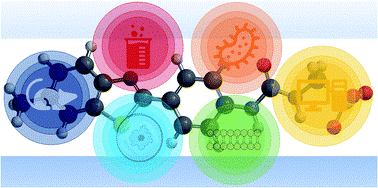
Charting New Frontiers in the Fight Against Drug Resistance
In a landmark study titled Establishing the selective phospholipid membrane coordination, permeation and lysis properties for a series of ‘druggable’ supramolecular self-associating antimicrobial amphiphiles, published in Chemical Science, researchers from the University of Kent and collaborating institutions have made a breakthrough in understanding the mechanisms of antimicrobial resistance. This research, led by a dedicated team including José Ortega-Roldan (School of Biosciences), Mark Charles, Cally Haynes, and Jen Hiscock (SISC), addresses the critical global health threat posed by the rise of antimicrobial resistance.
The study focuses on 14 structurally related supramolecular self-associating amphiphiles, testing their efficacy against clinically relevant Gram-positive and Gram-negative bacteria. The researchers have meticulously established how these agents selectively target phospholipid membranes of varying compositions, employing a comprehensive approach that combines computational simulations, synthetic vesicle lysis experiments, and innovative 1H NMR Carr–Purcell–Meiboom–Gill (CPMG) nanodisc coordination assays. This multifaceted methodology provides a clearer understanding of the potential mode of action for this class of compounds, paving the way for the development of more effective next-generation antimicrobial agents.
Significantly, the study identifies a subset of seven compounds, with two leading candidates exhibiting ‘druggable’ profiles confirmed through a series of in vivo and in vitro studies. This highlights not only the potential of these amphiphiles in combating drug-resistant pathogens but also the possibility of their integration into the future pharmaceutical arsenal.
This groundbreaking research offers hope in the ongoing battle against antimicrobial resistance, showcasing the power of interdisciplinary collaboration and innovative scientific inquiry. As we continue to face the challenges of drug resistance, studies like this are crucial in guiding the way towards more effective and targeted antimicrobial strategies.
For more information please read the research article by Jen Hiscock and co-authors, which can be found here.